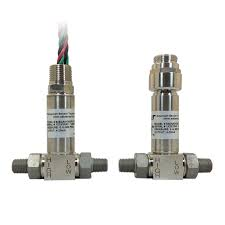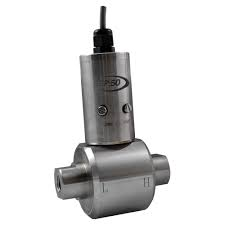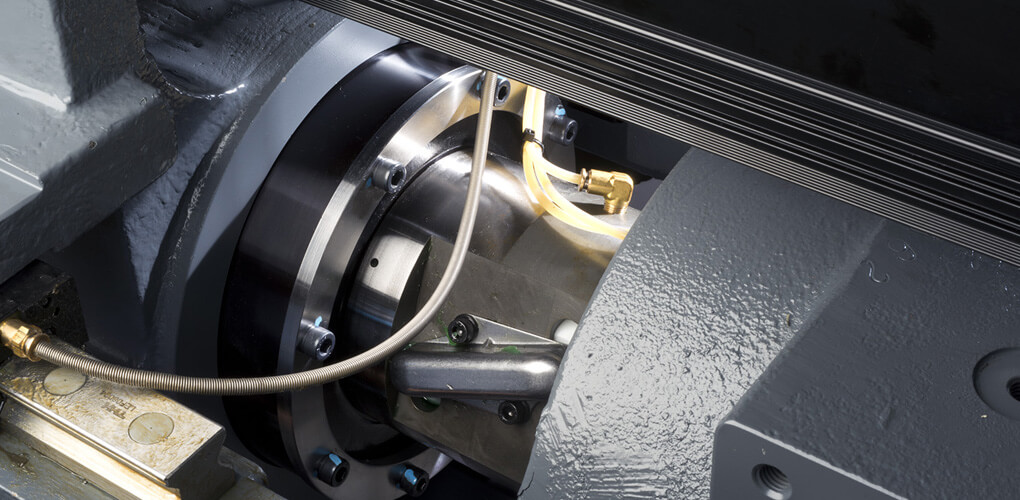How to use a pressure transmitter for printing system?
Best Maintenance tips for Printer

If a few years ago not everyone could afford to buy a 3D printer, today this device is beginning to firmly take its place in the everyday life of a person. Pressure transmitter for printing system is good to use for teaching children, for the needs of a small business, just for entertainment and for other purposes.
How to use a pressure transmitter for printing system?
One of the first post-purchase questions is how to use a 3D printer? Of course, instructions for working with a printing device are attached to each product, but it often happens that they are written in a complex technical language that is difficult for a common man to understand or without translation at all.
How to use a 3D printer after purchasing it?
The step-by-step process of use is as follows. The manual applies to professional 3D printers and any others.
Stage 1. Installing the printer and preparing it for work.
After unpacking the device and removing all the restraints, you need to put the pressure transmitter for printing system on the workplace. And make sure with the help of a regular building level that it is perfectly level, without distortions.
Similarly, errors can affect print quality. Then you need to connect the device to a computer or laptop and install the drivers. Typically, an installation disc is included with your printer.
Stage 2.Preparation of the product for work
Generally, the first step is to make sure that the substrate comes to the machine's desktop. Similarly, the surface of the table must be coated with a special coating. Hence, it ensures that the objects to be manufactured adhere to avoid misalignment and errors during the printing process.
Often users use ordinary double-sided masking tape - heat-resistant adhesive tape for these purposes.
Stage 3. Checking the pressure transmitter for printing system extruder
It is not common, but there is a situation when, after checking the printer, the remains of filament freeze in the nozzle. Moreover, it will interfere with full-fledged printing. Therefore, before starting work, it is best to make sure that the pressure transmitter for printing system nozzle is clean and if necessary clean it.
Step 4. Filling the printer with consumables
Depending on what exactly is the printing on the purchased device - plastic threads, gypsum, photopolymers, wax, metal powder, etc., this process will be carried out in different ways. To install the plastic thread, the device must be turned on in the preheating mode in order to facilitate the threading of plastic into the mechanism.
Stage 5. Working with models
Creation or loading of a finished 3D model into the program or scanning an object for copying. Checking and editing the required parameters.
Stage 6. Start of printing
Launching the model for printing. After that, it remains only to wait until the layout is completely ready. Print speed will vary depending on the 3D printer model.
How to avoid mistakes in 3D printing?
After the product is ready, you do not need to immediately remove it from the device. Most devices heat up the print media, so the finished layout needs to cool down. If any error occurs in the process, you can use restarting printing - this usually helps. If this does not help, you will need to re-enter the model into the program or change the settings.
It takes some tweaks to extend the life of your pressure transmitter for printing system. But it's worth it, especially since the preventive measures are not at all complicated. It-Tuner has prepared for you the top 7 recommendations for extending the life of your printing technology. This manual is more suitable for office workers, but for home use, you can safely take on a few tips.
1. Paper decides the life of pressure transmitter for printing system
That's right: the quality of the paper directly affects the life of the pressure transmitter for printing system. Moreover, this factor is often decisive. The logic is simple: Low-quality sheets get stuck every now and then, leading to damage to parts and accelerated wear. Therefore, especially if you are using an expensive printer, buy appropriate paper for it.
3. Regular maintenance of pressure transmitter for printing system
The pressure transmitter for printing system requires regular maintenance if it is good to use continuously. Moreover, do not wait until the device breaks down at the most inopportune moment, when you urgently need to print a report. Printer parts needs proper cleaning, lubricated, and checked for defects. Furthermore, regular maintenance is the best way to keep things from going critical.
- 4. Configure standby
If your printer can shorten the time it takes to enter standby mode, this is worth doing. In offices where documents are printed constantly during the day, the interval can be set within 10-15 minutes, no more.
5. Optimize your workflow
Both for your pressure transmitter for printing system and in terms of time management, it will be better if employees do not chaotically run to the printer all day long. It is difficult to give universal advice here, so just watch to see if there is a place for messy fiddling in your office.

Try to eliminate unnecessary steps and you will see how the work goes faster overall.
- Train new employees on the use of your equipment
You should not rely only on the ingenuity of a beginner. No, he will eventually figure out how to operate specifically with this printer, but along the way he can break wood.
7. Pay attention to cyber security
Don't be surprised, printers are hacked all over the world just like computers. For example, in 2018, a hacker forced 50,000 network devices to print a flyer with the text "Your printer was hacked." But this is an innocent prank compared to the fact that a burglar can completely disable equipment.












